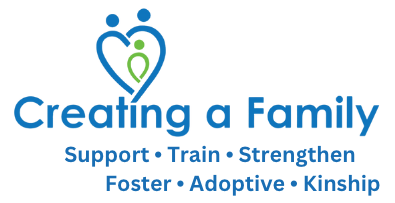Temporary Parental Safety Agreement (TPSA)
When the Department of Social Services (DSS) receives a report from someone who suspects a child is being abused or neglected, they must investigate to determine whether the child is safe at home. If the child is unsafe, DSS will file a petition with the court to take custody right then or they and the parents can set up a Temporary Parental Safety Agreement (TPSA). Under the TPSA, the parents ask someone, usually a relative, to care for the child while DSS is investigating. This is a voluntary and short‐term plan between the parent and DSS. The extended family caring for the child is a “Temporary Safety Provider” and not a foster parent. If DSS determines that the child can’t return home because of ongoing safety issues, they file for legal custody of the child (also known as taking the child into foster care). The kinship caregiver caring for the child is usually asked to continue caring for the child, either with or without becoming a foster parent.
